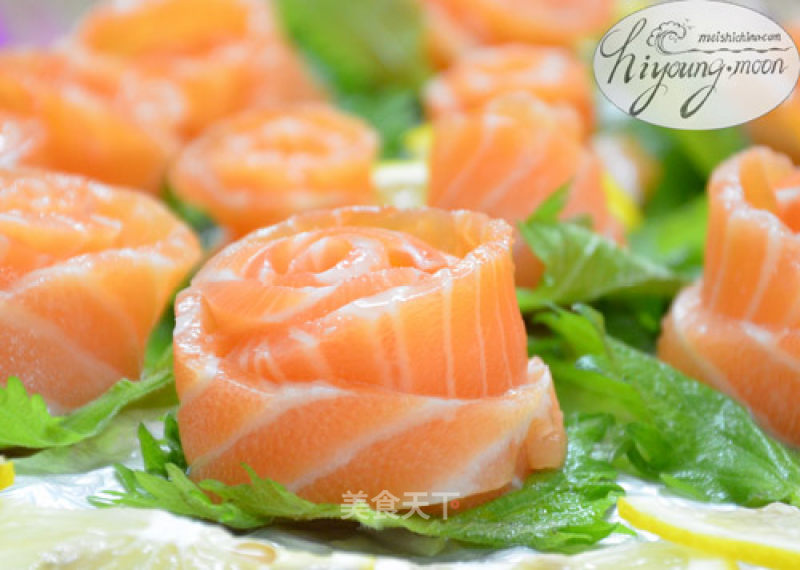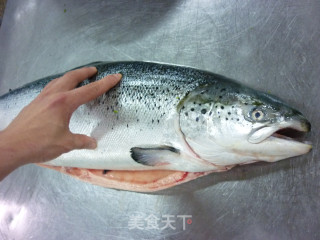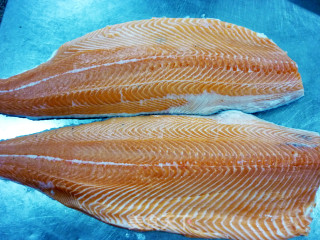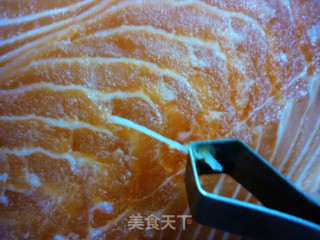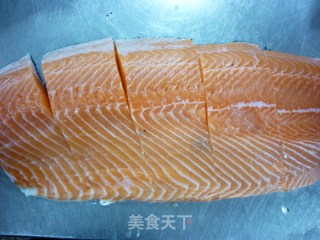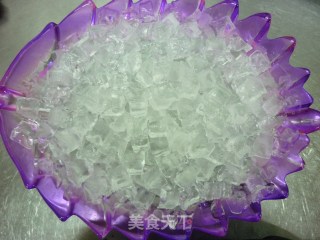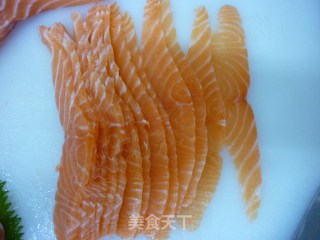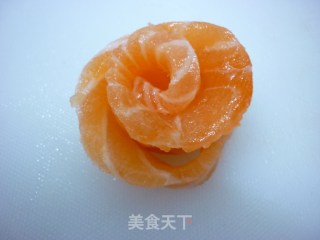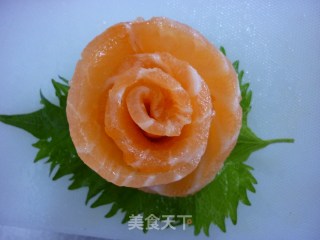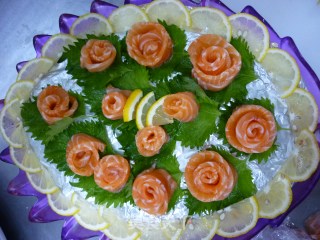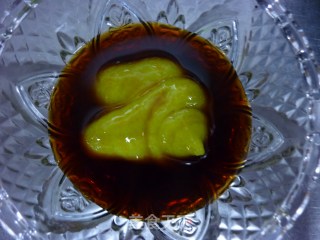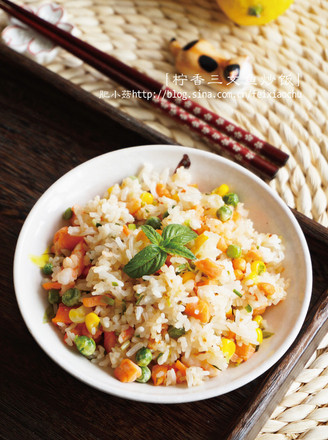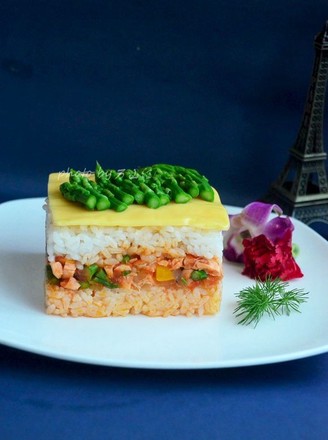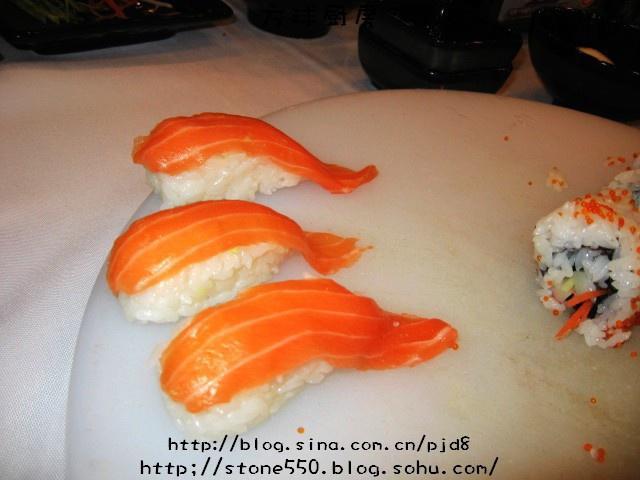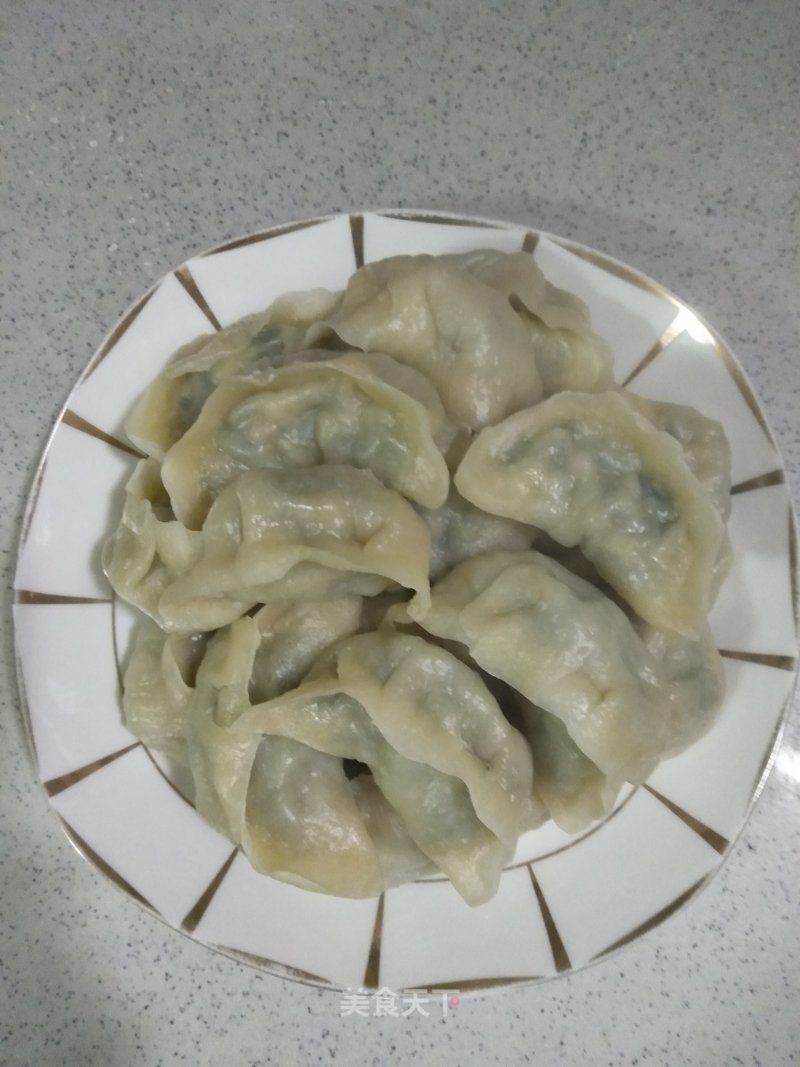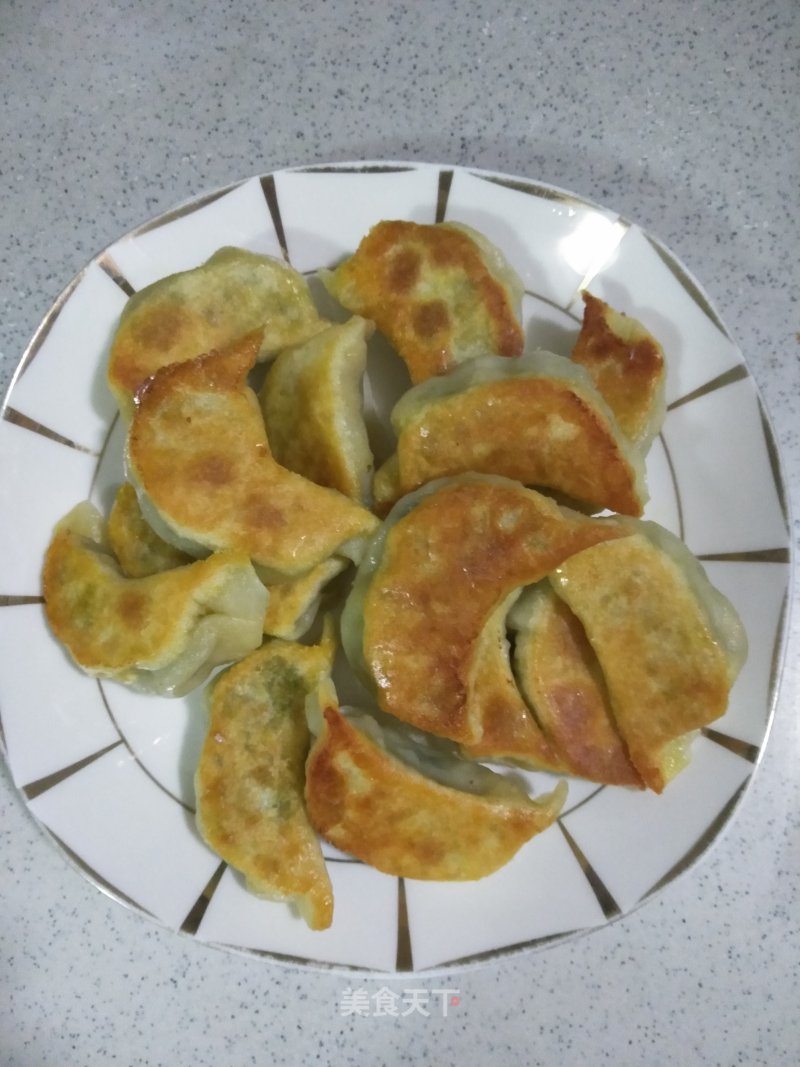Sashimi Salmon
1.
Choose fresh salmon.
2.
First, sterilize the slice knife in water, remove the head and tail of the fresh salmon, and slice it along the spine.
3.
Remove the spine and large abdominal thorns, and then use clean tweezers to remove the middle row of small thorns.
4.
Divide into pieces, wrap them in plastic wrap and store them in a frozen state.
5.
Choose a darker glass dish, pour ice cubes, and cover with tin foil.
6.
Take a piece of fresh salmon, peel it and cut it into slices.
7.
Rolled into a flower is a shape.
8.
Put it on the perilla leaves.
9.
Put the rolled salmon on the ice tray. Half of the slices are garnished, and the other half is squeezed and poured over the fish.
10.
Squeeze the mustard paste into a small bowl and add in [4D] soy sauce.
11.
Stir well.
12.
Dip in seasonings and eat.

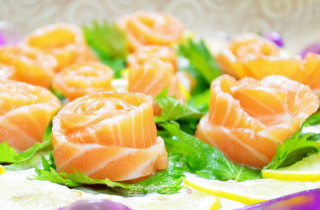
Tips:
Eating fish raw may not be easy for many people to accept, but salmon does have the highest nutritional value when eaten raw. When eating salmon raw, you can cut the salmon into thin slices, and then put them on ice cubes or dry ice. Use Japanese soy sauce or scented soy sauce to mix with wasabi. For people with average gastrointestinal function, you can choose to dip it directly in soy sauce and eat. The premise is that the salmon should be fresh enough, but as far as I observe the divided salmon pieces in the supermarket, many of them can no longer be used as raw materials.
When choosing salmon meat, first look at the color: fresh salmon will have a faintly flowing luster with a moisturizing feeling. The stale salmon will lose that layer of luster and the color will be dull and dull. If you are buying raw salmon, it is best to open the gills of the salmon and take a closer look. Fresh salmon gills are bright red, while unfresh salmon will turn black.
The second is the feel: fresh salmon will feel elastic to the touch, and it will slowly recover by pressing it down. Stale salmon is solid to the touch, and woody and inelastic.

